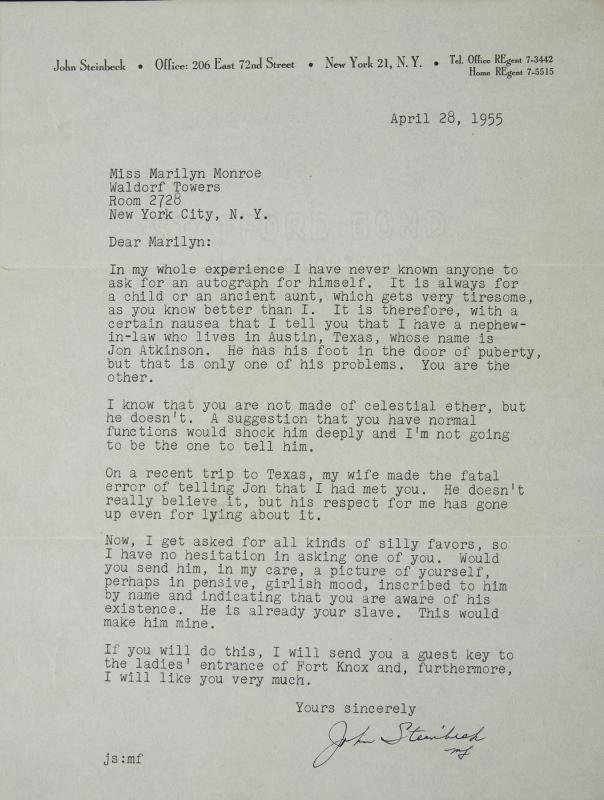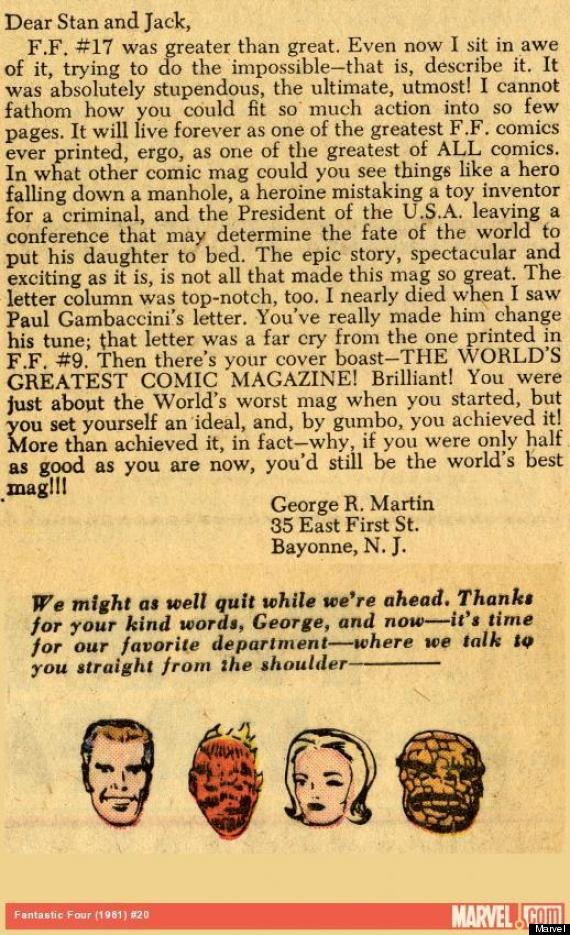Though the coronavirus pandemic has put a stop to many formerly normal activities around the world, it’s hardly put a stop to global communication. In fact, it’s almost certainly intensified global communication, what with all the attention the struggle against COVID-19 commands from 24-hour media professionals — and all the time and energy the rest of us have put into social media as a substitute for socialization. But how would we have communicated amid a pandemic of this kind in an age before the internet? Assuming postal services remained in good working order, we would, of course, have written letters to each other.
We can still write letters to each other in the 21st century, but now we can also read them to each other, wherever in the world we may be. This is the basis for the #ReadALetter campaign, which actor Benedict Cumberbatch introduces in the video at the top of the post. “I really hope this letter finds you in good spirits as we navigate our way through this truly surreal crisis, where upheaval and uncertainty are daily realities,” he says, reading aloud a missive composed at his home and meant for the world at large.
“But so, thankfully, is the totally inspiring self-sacrifice, togetherness, courage, generosity, and camaraderie the people are exhibiting.” It is those honorable qualities, Cumberbatch continues, that “we at Letters Live are looking for a way to celebrate through our favorite medium of the letter.”
You may remember Letters Live, a series of events inspired by Letters of Note, from when we’ve previously featured Cumberbatch’s appearances there interpreting correspondence by the likes of Kurt Vonnegut, Albert Camus, and Alan Turing. The stars of Letters Live have heretofore been historically important letter-writers and the skilled professional performers who read their words. But now, Cumberbatch says, “we want to hear you read letters. They can be letters to the heroes on the front line. They could be letters to relatives in need. They could be letters to strangers who have stepped up and made a difference. They could be letters to neighboring families or streets or towns or countries.” To participate, you need only use a camera phone to record yourself reading a letter aloud, then post that video on Twitter or Instagram and send it to re**@*********ve.com.
What you read on camera (or off it, if you prefer) could be “an important letter you have always wanted to send, or a cherished letter you once received. It could be a favorite letter of yours that offers hope in our current crisis or a prescient warning too important to be ignored.” Here we’ve included the #ReadALetter videos so far contributed by other notables including Margaret Atwood, Stephen Fry, and Griffin Dunne, who reads a letter his father Dominick Dunne wrote when he put himself into isolation for creative purposes in 1980. Other participants from all walks of life include a rabbi, a college student, an emergency department doctor, and even a couple of nonagenarians. If you need more inspiration to #ReadALetter yourself, revisit Cumberbatch’s Letters of Live performance of Sol Lewitt’s 1965 letter to Eva Hesse, the one in which he delivers invaluable words of advice: “Stop It and Just DO.”
Related Content:
An Animated Margaret Atwood Explains How Stories Change with Technology
Stephen Fry Reads Oscar Wilde’s Children’s Story “The Happy Prince”
Based in Seoul, Colin Marshall writes and broadcasts on cities, language, and culture. His projects include the book The Stateless City: a Walk through 21st-Century Los Angeles and the video series The City in Cinema. Follow him on Twitter at @colinmarshall, on Facebook, or on Instagram.






